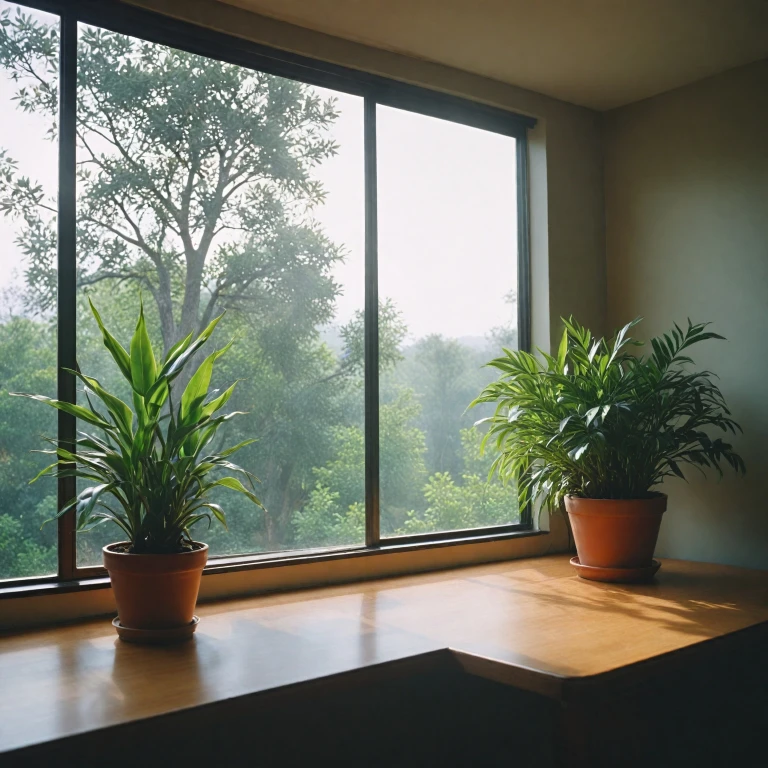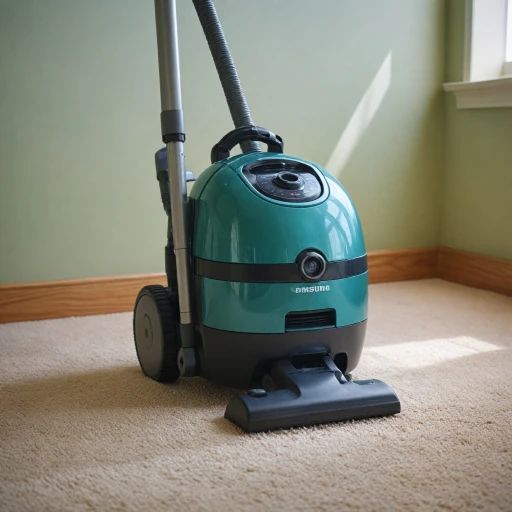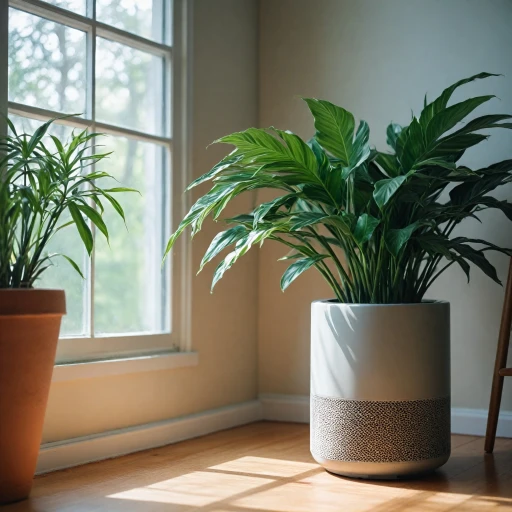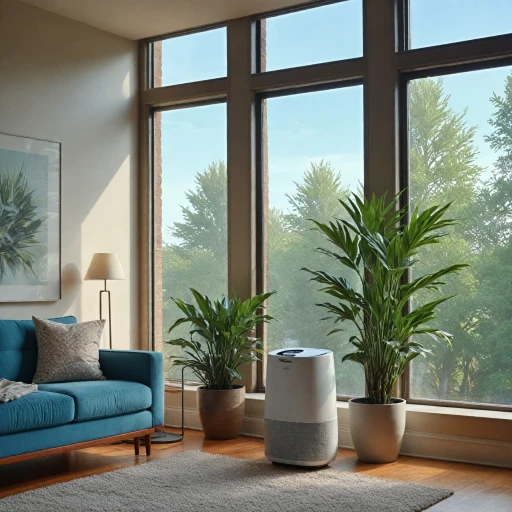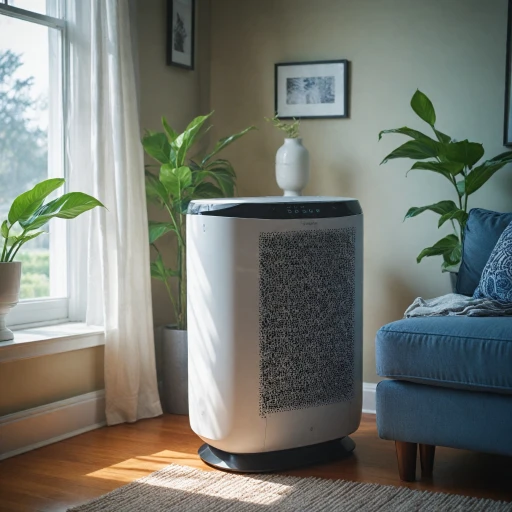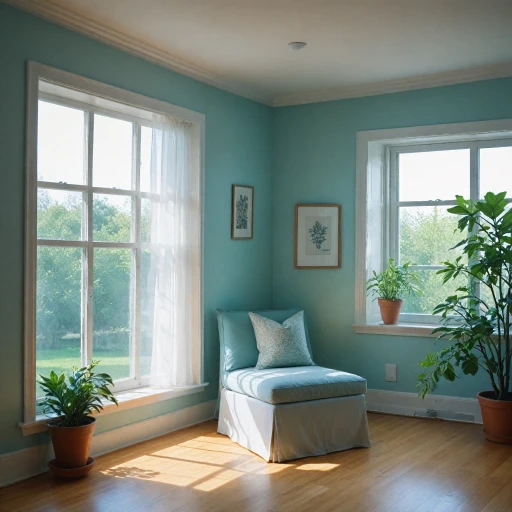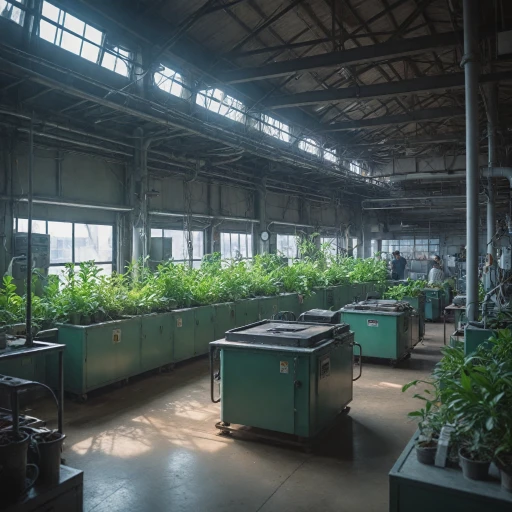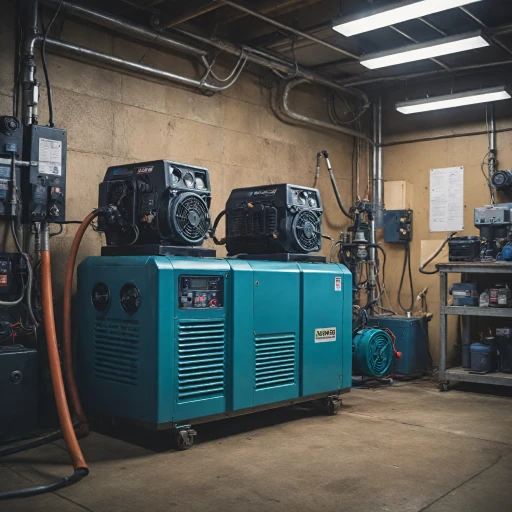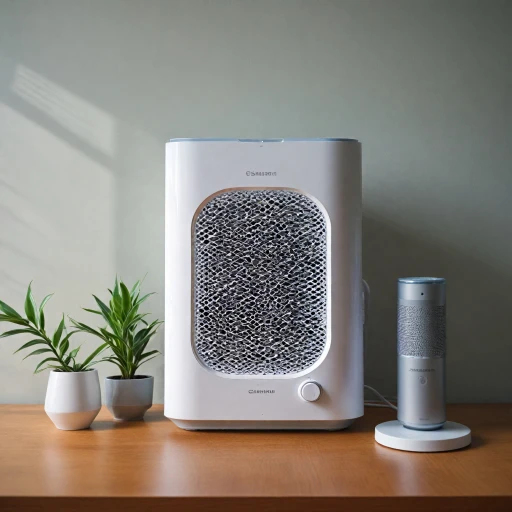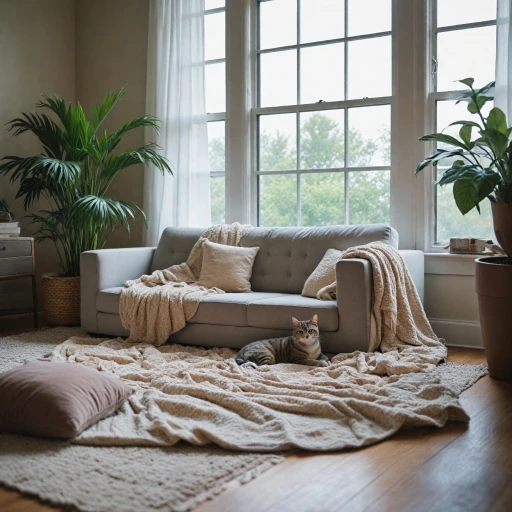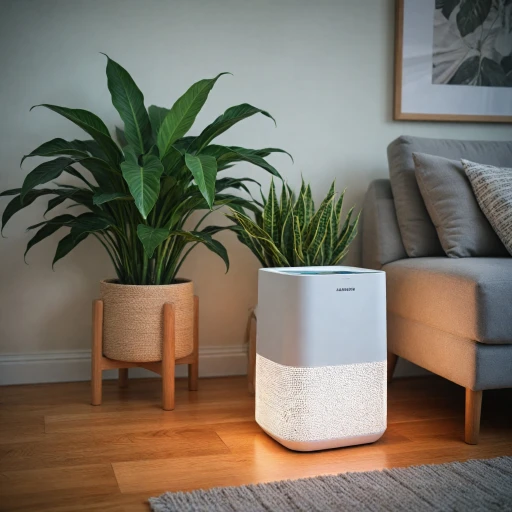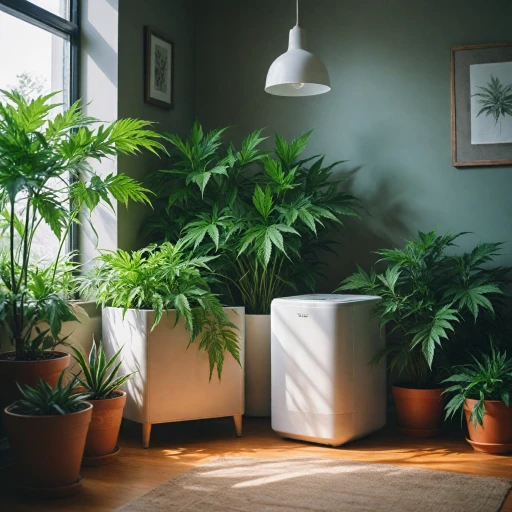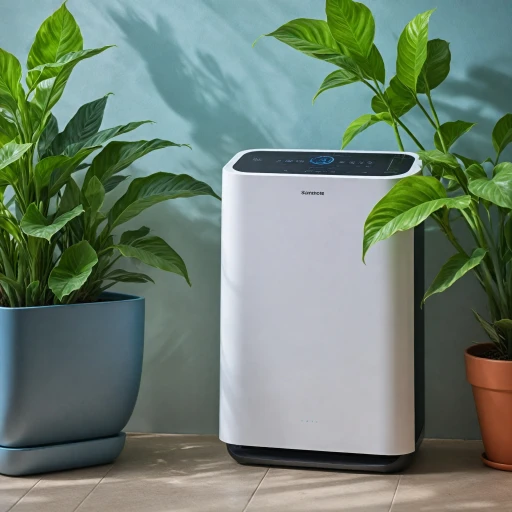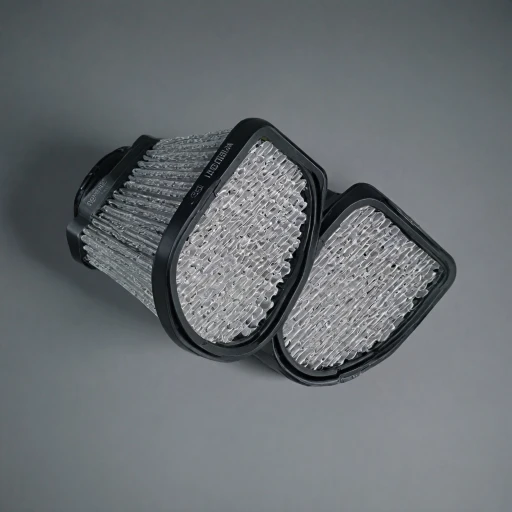
How Pure Air Filters Work
Exploring How These Filters Operate
A pure air filter system functions by drawing polluted air through a series of filtering mechanisms, each designed to capture various sizes and types of contaminants. Understanding air filters technology starts with recognizing the different components within a typical purifier unit.
Most high-quality air purifiers, such as those featuring HEPA and true HEPA filters, work by using a dense web of fibers to trap particles as air passes through. HEPA filters are renowned for their ability to capture over 99% of particles as small as 0.3 microns, including dust, pollen, and even some bacteria. For larger particles and to extend the life of HEPA filters, pre-filters are often used. Pre-filters act as a first line of defense by capturing larger debris, thus enhancing the efficiency of the HEPA layers.
In addition to HEPA filters, MERV-rated filters are commonly found in many air purifier models. Their ratings help determine their efficiency at filtering different particle sizes. Higher MERV ratings indicate greater filtering capability, making them a viable choice for maintaining indoor air quality. Combining such filters with activated carbon elements can effectively reduce odors and volatile organic compounds (VOCs), further purifying the air.
Brands like Pure Enrichment's Purezone Elite and Blue Pure utilize these advanced filtering technologies, offering consumers reliable solutions to improve room air quality. The combination of effective filtration and multiple layers of filtering leads to better air quality and a healthier living environment.
To learn more about the latest advancements in air filtration technology, consider checking out our comprehensive guide which dives deeper into the innovations shaping modern air purifiers.
Health Benefits of Using Pure Air Filters
Improving Your Well-being with Pure Air Filters
Air purifiers have become essential in maintaining our health, particularly in environments where air quality can be compromised by irritants and pollutants. Using pure air filters brings numerous health benefits, enhancing our overall well-being. First and foremost, pure air filters, especially those equipped with true HEPA filters, can significantly improve indoor air quality by removing harmful particles. These filters are capable of trapping up to 99.97% of airborne particles, such as dust, pollen, and pet dander, as well as bacteria and viruses. This makes them invaluable for individuals who suffer from allergies or asthma. The pure enrichment of your environment through enhanced air quality can also lead to better sleep. Breathing cleaner air allows for more restful, uninterrupted sleep, reducing the risk of respiratory troubles during the night. This improvement in sleep quality can, in turn, decrease fatigue during the day, boosting your productivity and overall mood. Moreover, investing in a high-quality air purifier, like the PureZone or the Blue Pure units, can positively impact heart health. Several studies have linked poor air quality with increased cardiovascular risks. By reducing exposure to pollutants with a reliable air purifier, you can potentially lower these health risks. It’s important to consider the size and style of the air purifier that best suits your room and needs. Whether you choose a larger standalone unit or a small, portable solution, the true blue benefit of these air filters lies in their ability to clean the air you breathe effectively. Regular replacements of filters can ensure the continued efficiency and lifespan of your air purifier, especially if used frequently in areas with high levels of pollution. Enhancing indoor air quality with HEPA-equipped air conditioners can further complement the work of air purifiers in maintaining a healthy living space. Discover more about this integration here. Stay informed about the latest in air filter technology for leading a healthier life.Types of Pure Air Filters Available
Exploring Various Types of Air Purification Technologies
Choosing the right air purifier can be daunting given the numerous types of filters available. Understanding these options can guide you toward making an informed decision. Here's an overview of the types of air filtration technologies you might encounter:- True HEPA Filters: Known for their exceptional efficiency, True HEPA filters capture 99.97% of particles as small as 0.3 microns. This includes dust, pollen, and mold spores, making them ideal for those with allergies.
- MERV Filters: Standing for Minimum Efficiency Reporting Value, MERV-rated filters range from 1 to 20, with higher numbers indicating better filtration capability. They are usually found in larger systems rather than small room units.
- Carbon Filters: Often used in tandem with HEPA filters, carbon filters effectively remove odors and gaseous pollutants, enhancing indoor air quality.
- Pre-Filters: Targeting larger particles like hair and lint, pre-filters extend the life of the main filter, usually found in purifiers like the Blue Pure series.
- Advanced Technologies: For those seeking top-tier purity, consider units like Pure Max and PureZone Elite, which often include UV-C light technology or ionizers to target bacteria and viruses.
Choosing the Right Pure Air Filter for Your Home
Finding the Ideal Air Purification Solution
Selecting the right air purifier for your home involves considering several factors to ensure you get the best fit for your needs. Depending on the room size and the specific air quality concerns you have, different purifiers may be more suitable. Here's what you need to consider:
- Room Size: The effectiveness of an air purifier is significantly influenced by the size of the room. For larger areas, units like the PureMax or Blue Pure series, known for their high capacity and comprehensive coverage, may be ideal choices.
- Air Quality Needs: If you're dealing with specific issues such as allergies or asthma, a True HEPA filter is essential to capture fine particles like pollen and dust. Models featuring HEPA filters, such as PureZone Elite and True HEPA, consistently receive high marks for efficiency.
- Filter Type: Consider the type of filter that best suits your needs. Beyond HEPA, you might come across options like MERV-rated filters or units with pre-filters for larger particles, providing a layered defense against pollutants.
- Maintenance and Replacement: Regular maintenance is crucial to ensure long-term efficacy. Look for units with accessible replacement filters at a reasonable price, ensuring they remain in stock and easy to replace. It's also wise to factor in the unit price and projected filter replacement costs when budgeting.
- Air Purifier Features: Some purifiers come with added features like air quality indicators, variable speed settings, and smart home integration. Determine which features are must-haves for your routine and living space.
Balancing these factors with your budget helps achieve both efficiency and economic feasibility. Researching your options, perhaps by referencing trusted reviews and comparisons, will guide you to make a well-informed decision. Remember, investing in an air purifier is about enhancing your living environment's health and cleanliness.
Maintenance and Care for Pure Air Filters
Ensuring Longevity and Optimal Performance
Maintaining your air purifier is crucial to ensure it remains effective in improving indoor air quality. Proper care of your unit, from your HEPA air filters to any other components, is essential to prolong the life of your air purifier.- Replacement Filters: Most air purifiers, like the Purezone Elite and Blue Pure models, require regular replacement of filters. Depending on the type of filter – be it true HEPA, Pre filter, or MERV high efficiency – replacement schedules vary. Regular checks will help you avoid waiting until quality diminishes.
- Routine Cleaning: Dust and other allergens can clog up pre filters and decrease the air cleansing efficiency of your purifier. It's important to keep your air filters in stock and on rotation. Wipe down the exterior and vacuum the vents periodically.
- Monitoring Air Quality: Ensure your unit remains effective by monitoring air quality in each room or area where the purifier is used. Some advanced purifiers have indicators when replacement is needed, but regular monitoring ensures you stay on top of maintenance needs.
- Unit Placement and Size Considerations: Placement can affect performance. Ensure that your purifier’s output isn’t obstructed. Choose a model that matches the room size for the best results – Pure Max or other high capacity options might be needed for larger spaces.
Cost Considerations and Budgeting
Budgeting and Cost Implications
When considering the addition of a pure air purifier to your home, understanding the financial commitment is key. The initial investment usually represents the largest expense. Factors such as unit size, brand, and specific features will influence the unit price. For example, a unit equipped with true HEPA filters or advanced features like the PureZone elite may carry a higher regular price. Monitoring the air quality in your room and selecting the appropriate size and MERV rating ensures that your air filter choice is both efficient and economical. Opting for brands recognized for their quality, like Blue Pure or Pure Enrichment, often offers peace of mind regarding both performance and longevity. In addition to the upfront cost, future expenses should also be planned for:- Replacement Filters: Regular maintenance often includes replacing filters, such as the true HEPA or pre-filters. Depending on air purifier usage and air quality, these replacement filters may need to be swapped out more frequently, impacting ongoing costs.
- Sales and Promotions: Prices can vary significantly; keeping an eye on sale prices and discounts on stock can save money in the long term. A sale price on high-quality air purifiers can offer considerable savings.
- Running Costs: Consider the energy efficiency of the air purifier, as constant usage in improving indoor air quality will affect your electricity bill. Models like Pure Max may provide a balance between power consumption and air purification effectiveness.
